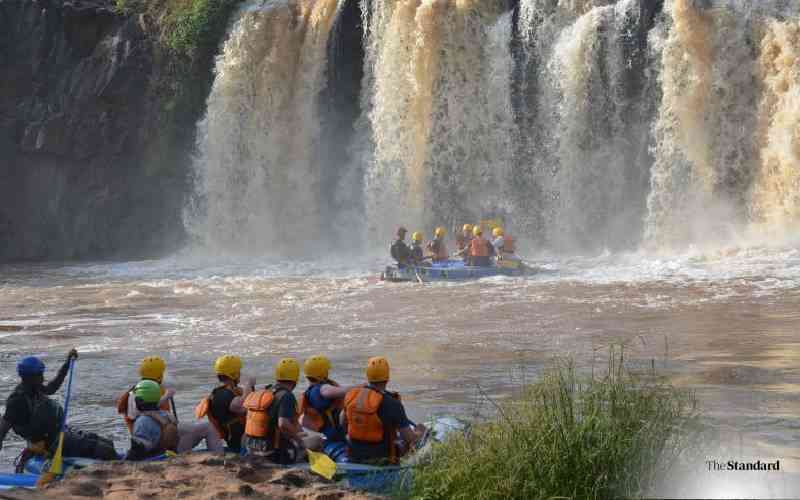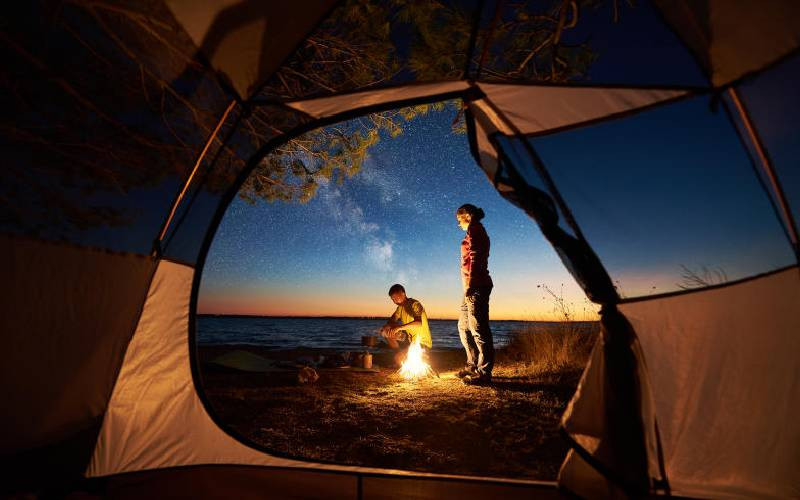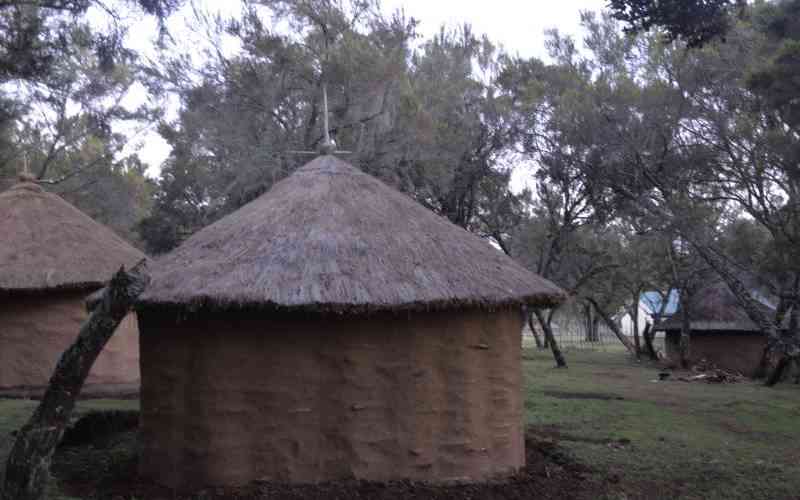
The Meru National Park is beautiful in a manner that defies description. Its ruggedness, remoteness, vastness (870 square kilometres), tall grass, lush swamps (in rainy seasons), and historical roots, all combine to make it one of the country’s most sort after parks.
Its historical roots have a twist. It is a story about how a man’s guilty...
 The Standard Group Plc is a multi-media organization with investments in media platforms spanning newspaper print
operations, television, radio broadcasting, digital and online services. The Standard Group is recognized as a
leading multi-media house in Kenya with a key influence in matters of national and international interest.
The Standard Group Plc is a multi-media organization with investments in media platforms spanning newspaper print
operations, television, radio broadcasting, digital and online services. The Standard Group is recognized as a
leading multi-media house in Kenya with a key influence in matters of national and international interest.











